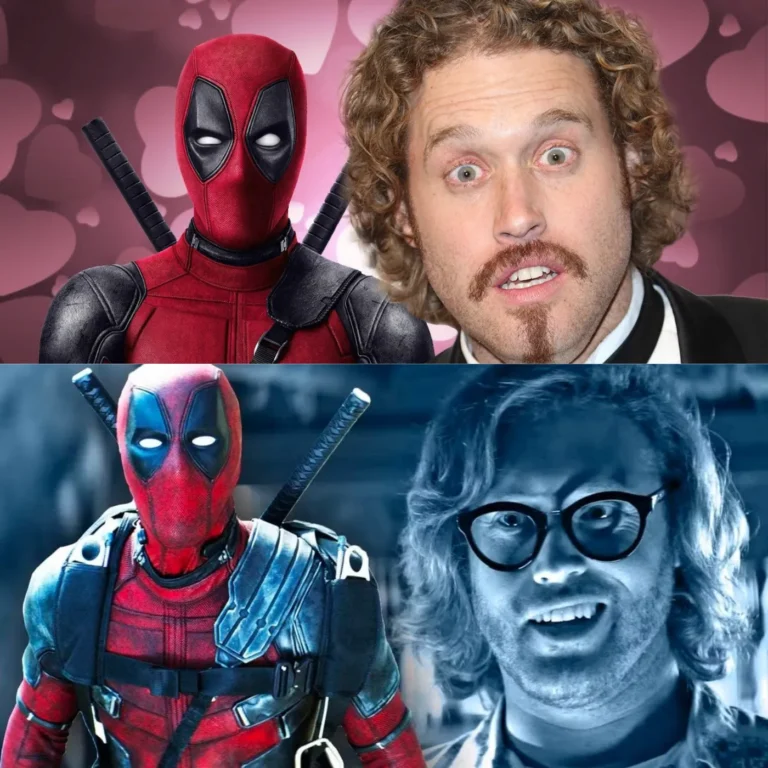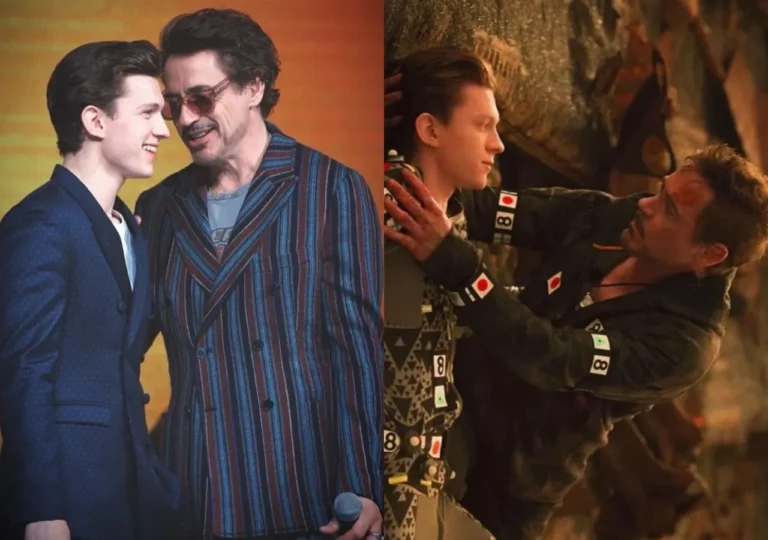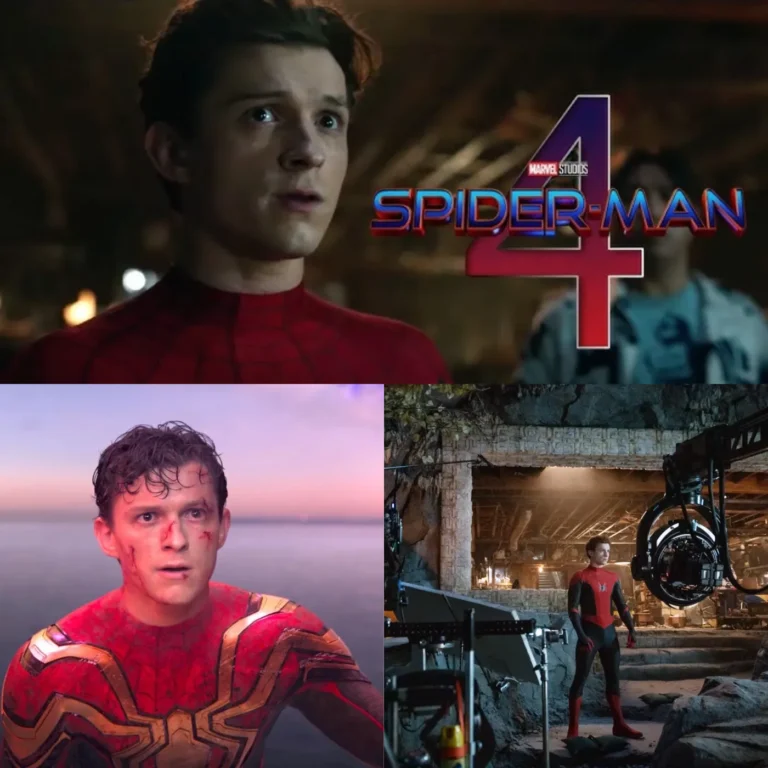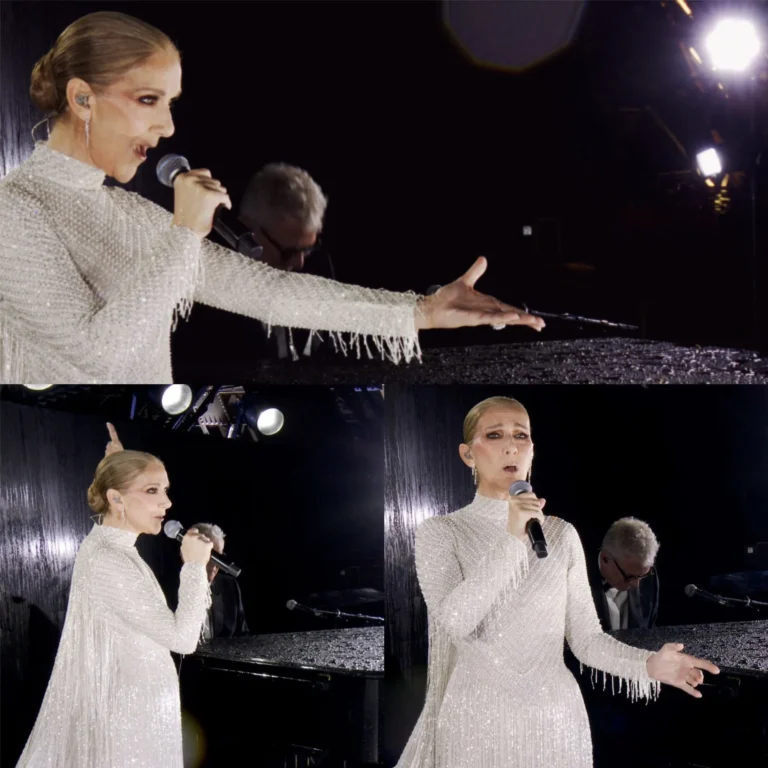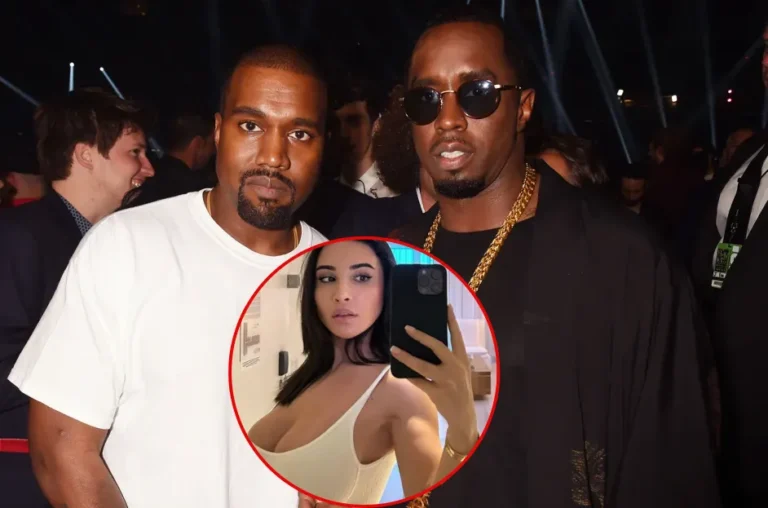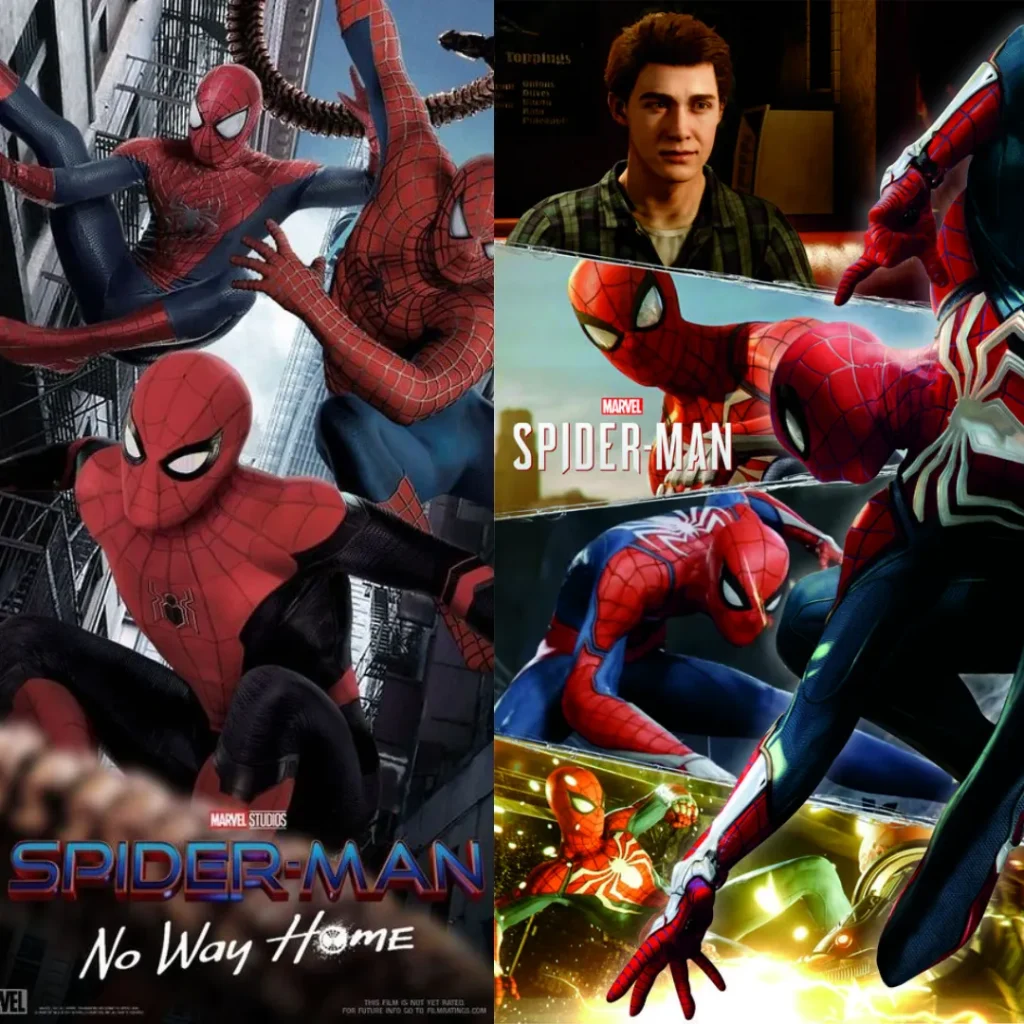
The Hidden Animation Secrets of Spider-Man: Into the Spider-Verse
Spider-Man: Into the Spider-Verse won the 2019 Oscar for Best Animated Feature, captivating both audiences and critics with its unique animation style. For those who haven’t yet experienced it, this groundbreaking film follows Miles Morales as he embraces the mantle of Spider-Man while encountering other spider-heroes from alternate universes. Beyond its compelling narrative, the film’s animation reveals hidden techniques that subtly enhance storytelling.
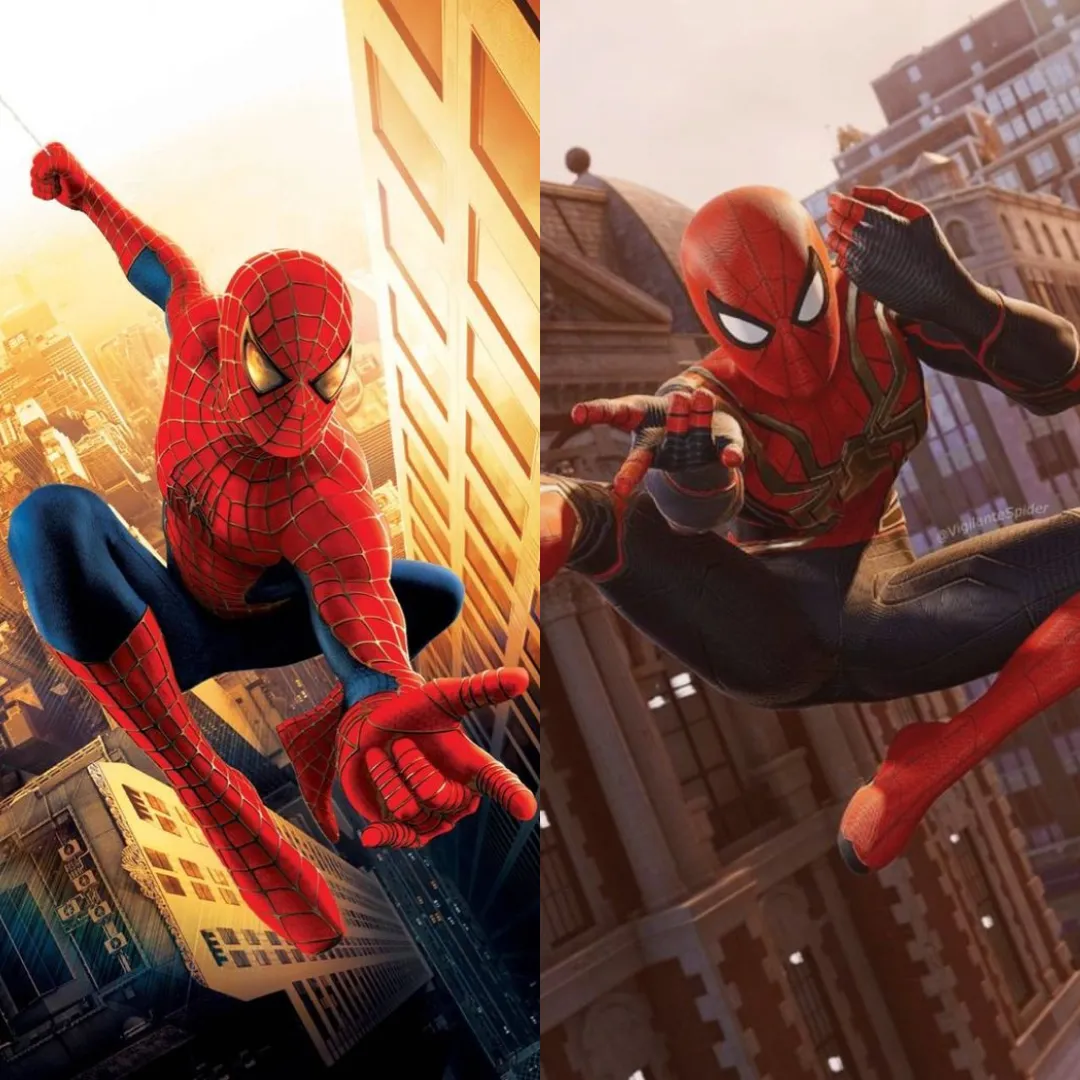
Unique Animation Techniques: “On Ones” and “On Twos”
A hallmark of modern animation is its frame rate, typically set at 24 frames per second. Animators often use “on ones,” where each frame is a distinct image, creating a smooth flow. In contrast, “on twos” means each image is held for two frames, resulting in a slightly choppier effect. Spider-Verse cleverly incorporates both techniques, producing a “crunchy” texture that feels fresh yet nostalgic, reminiscent of classic Saturday morning cartoons.
This approach was intentional. The film’s directors employed varying frame rates to reflect each character’s experience level and personality. For example, seasoned spider-heroes like Peter Parker move on ones, giving them a smooth and refined appearance. In contrast, when Miles Morales first learns to use his powers, he is animated on twos, creating a laggy effect that mirrors his inexperience and awkwardness. This subtle distinction adds depth to Miles’s character development, visually representing his growth into the Spider-Man role.
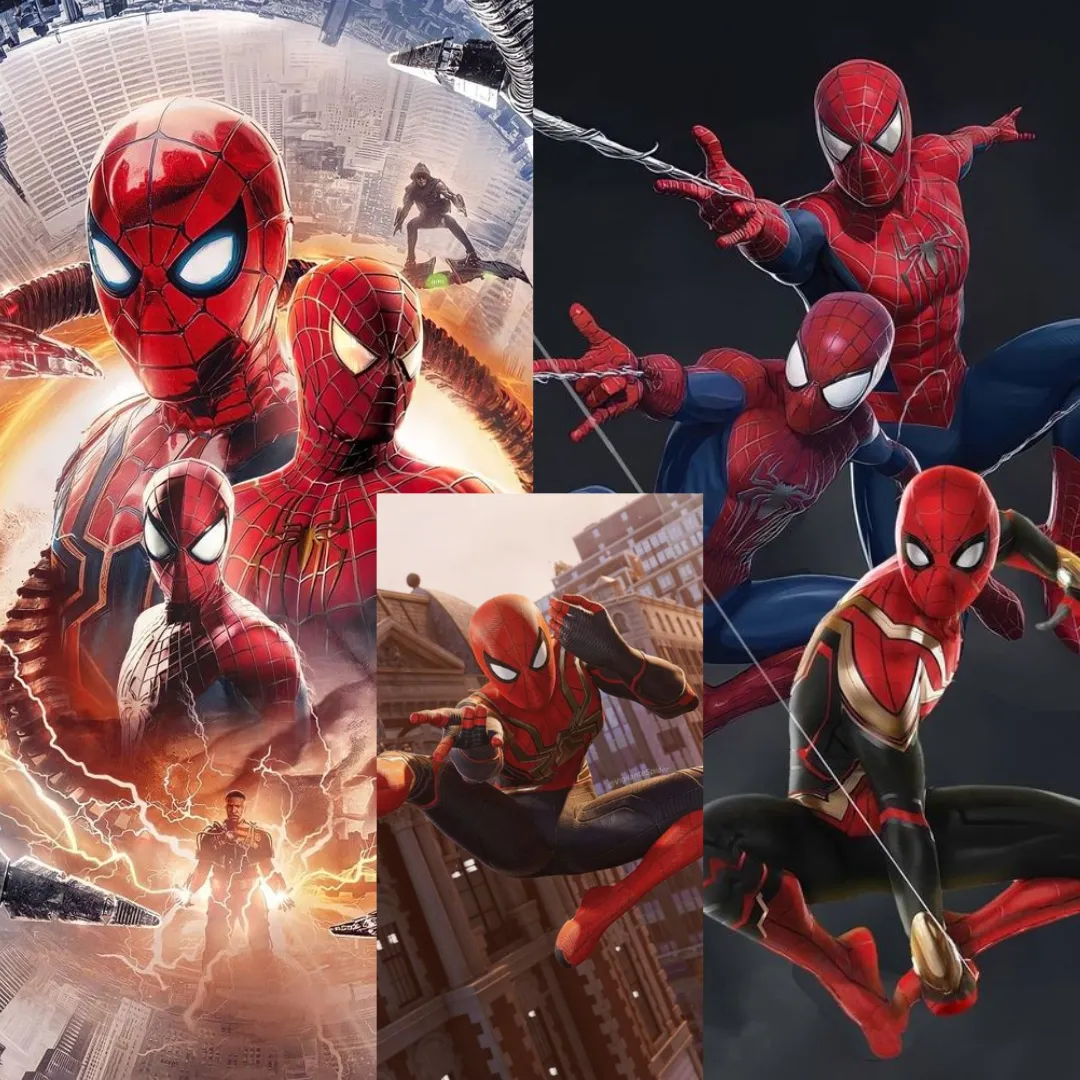
Storytelling Through Animation
One standout moment that exemplifies this technique occurs when Peter and Miles swing through the city. Peter, a seasoned Spider-Man, moves effortlessly on ones, embodying confidence and skill. Meanwhile, Miles, animated on twos, appears less coordinated, resembling a young learner struggling to keep up. This visual difference effectively conveys his inexperience without the need for additional dialogue, seamlessly integrating character development with animation style.
As Miles becomes more adept, his animation gradually shifts to match Peter’s smoother movements. By the film’s end, Miles’s animation mirrors that of a seasoned hero, symbolizing his transition into a confident Spider-Man.
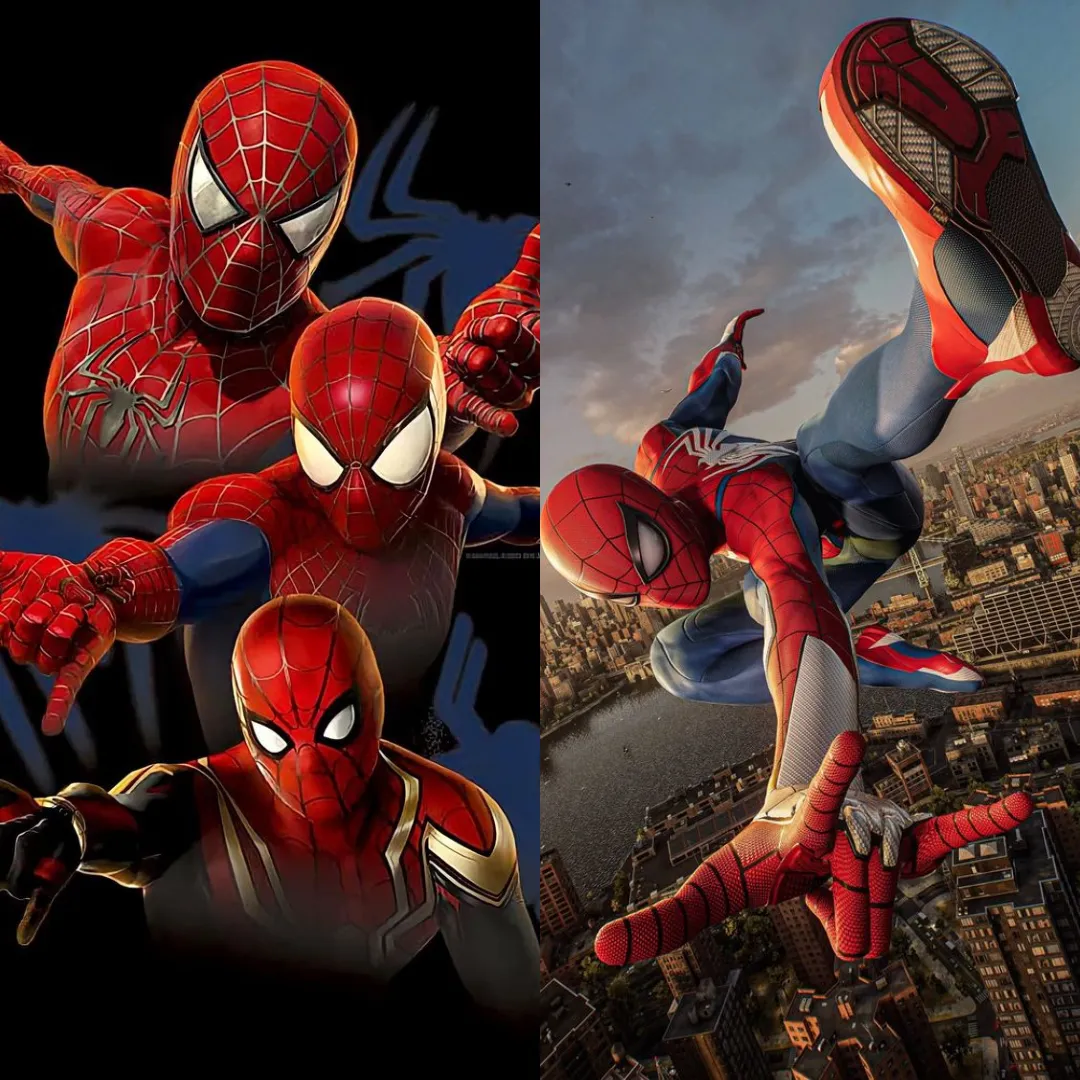
Animation as an Artistic Choice
Spider-Verse elevates animation to an art form, embedding narrative cues within its technical design. The film’s blend of animation techniques—layering hand-drawn styles, CGI, and comic book aesthetics—creates a visually stunning experience that transcends traditional animation. This innovative approach not only earned the film critical acclaim but also set a new standard for animated storytelling.
In Spider-Man: Into the Spider-Verse, animation serves as more than just a backdrop; it is an integral part of the story itself. It becomes a visual language that enhances the audience’s connection with Miles Morales, making his journey all the more immersive and unforgettable.
